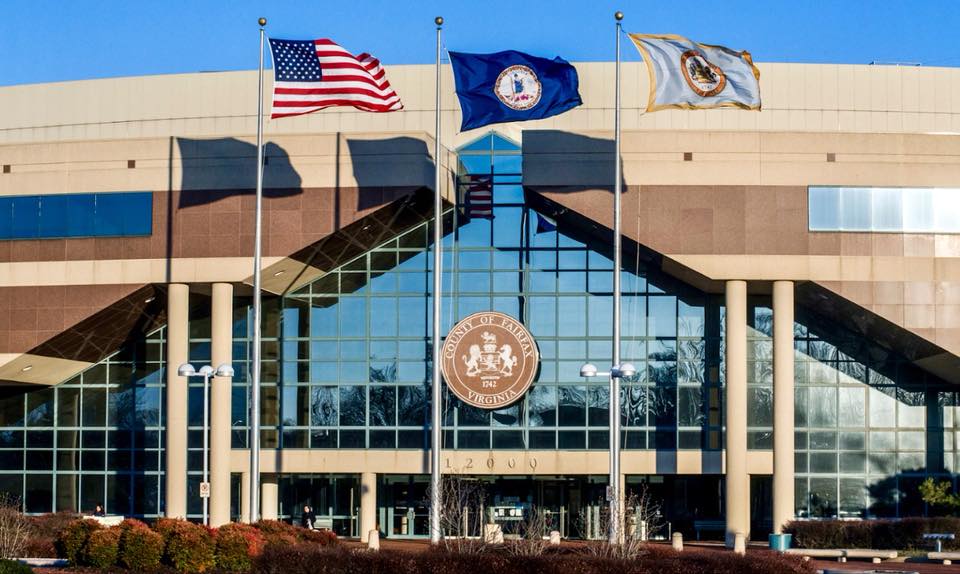Winter-Proof Your Fairfax County Home: Hearth Preparation Tips
Winter is a magical time of the year in Fairfax County, Virginia. However, it also brings with it the challenges of cold weather, snow, and ice. It’s essential to prepare your home for these conditions to ensure a comfortable and cosy winter season. One critical area of focus should be your hearth or fireplace, which often serves as the heart of a home during this season.
The hearth is not only a source of warmth but also a focal point for family gatherings, relaxation, and even holiday celebrations. However, to maintain its efficiency and safety, it requires careful preparation and maintenance. In this guide, we’ll share some valuable tips to help you winter-proof your Fairfax County home, focusing on hearth preparation and maintenance.
1. Chimney Inspection and Cleaning:
A thorough chimney inspection should be at the top of your winter-proofing checklist. Over time, chimneys can accumulate creosote, a highly flammable byproduct of burning wood. If not removed, it can lead to chimney fires.
To ensure your chimney is clean and safe, consider hiring professional chimney sweeps. A&T Chimney Sweeps fireplace, furnace, dryer vent, gutter cleaning and repair services in Fairfax County VA, is a reputable company known for its comprehensive and professional approach. Their experienced team will inspect your chimney for any blockages, damage, or excessive creosote build-up and provide necessary cleaning or repair services.
2. Check and Seal Damper:
The damper is a movable plate that sits above the fireplace and regulates the chimney’s draught. It’s essential to ensure that the damper is in good working condition and seals tightly. A malfunctioning damper can cause heat loss, leading to higher energy costs.
3. Install or Check Chimney Cap:
A chimney cap is a protective cover that prevents rain, snow, debris, and animals from entering your chimney. If your chimney doesn’t have one, consider getting it installed before winter. If you already have a cap, make sure it’s firmly attached and without damage.
4. Inspect and Clean Firebox:
Before the fireplace season begins, inspect the firebox for any signs of damage. Make sure it’s free from any leftover ashes or debris. Regular cleaning of the firebox will ensure efficient burning and prevent the build-up of harmful gases.
5. Stock up on Firewood:
Ensure you have a good supply of dry, seasoned firewood. Wood that is damp or green can create more smoke and contribute to creosote build-up. Stack your firewood off the ground and cover it to protect it from moisture.
6. Install Carbon Monoxide Detector:
Carbon monoxide is a dangerous gas that can accumulate due to incomplete combustion in your fireplace. It’s colorless, odorless, and potentially lethal. Ensure you have a working carbon monoxide detector in your home.
7. Fireplace Safety:
Always keep a fire extinguisher nearby and ensure everyone in your home knows how to use it. Keep flammable materials away from your fireplace and never leave a fire unattended.
Winter-proofing your Fairfax County home does require a bit of work, but the comforting warmth of a safe, efficient fireplace makes it all worthwhile.
FAQs:
Q1. How often should I have my chimney inspected and cleaned?
Depending on your usage, it’s recommended to have your chimney inspected at least once a year, ideally before winter starts.
Q2. Can I clean my chimney myself?
While some basic maintenance can be done yourself, it’s recommended to hire professionals like A&T Chimney Sweeps for a thorough inspection and cleaning. They have the necessary equipment and expertise to handle the job safely and efficiently.
Q3. What kind of firewood should I use?
Hardwoods like oak, maple, and ash are great for burning as they produce more heat and burn longer. Ensure the wood is seasoned (dry) for at least six months before use.
Q4. How can I improve the efficiency of my fireplace?
Regular maintenance, using dry, seasoned firewood, and ensuring proper ventilation can all improve your fireplace’s efficiency.
Q5. What are the signs of a blocked chimney?
Signs of a blocked chimney can include a smoky fireplace, a strong odor, or difficulty in starting or maintaining a fire. If you notice any of these signs, it’s best to call professionals for an inspection.








